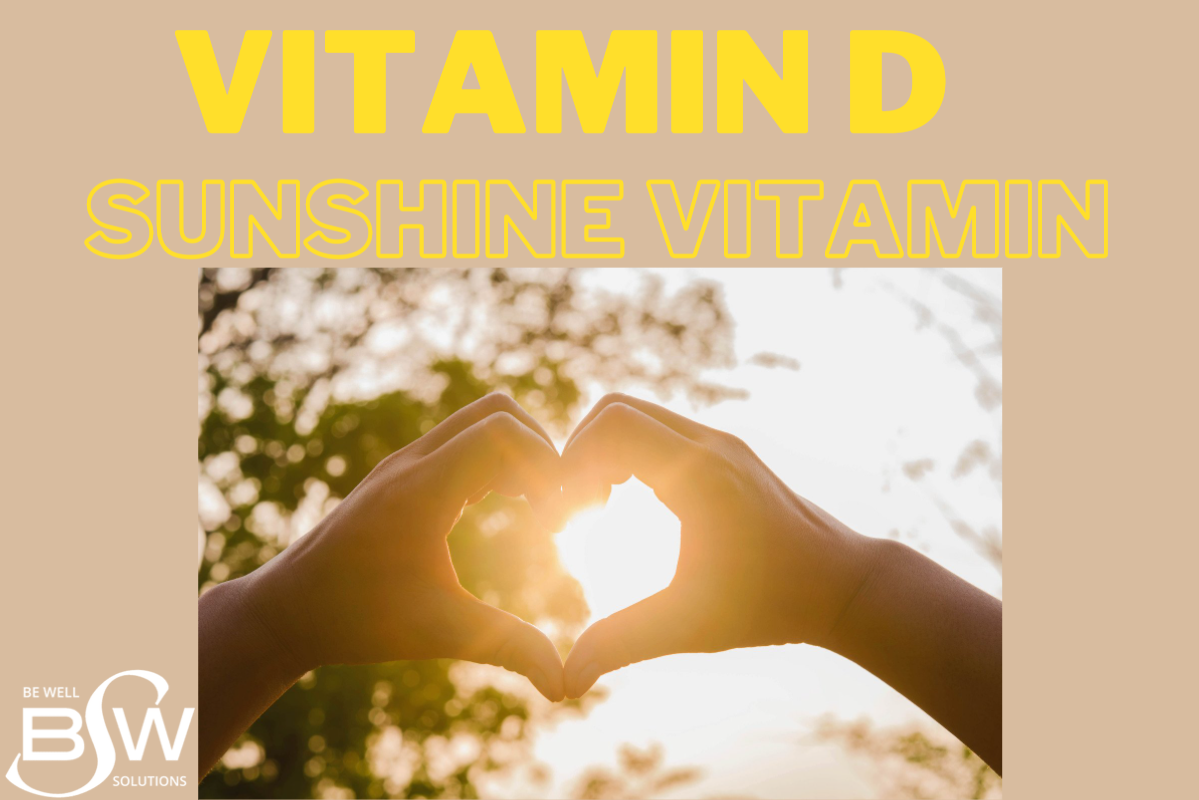
When it comes to meeting recommendations for vitamin consumption, Americans are often looking for a quick fix pill as opposed to meeting requirements through their diet. Vitamin D is one of the few nutrients that is easier to get your daily dose through something other than food. In fact, the best way to get Vitamin D is through direct sun exposure. Our bodies produce Vitamin D when our skin is in direct contact with ultraviolet rays from the sun. Therefore, Vitamin D is also known as the sunshine vitamin. However, for the last decade, avoiding the sun has become all the rage. The threat of cancer, skin damage, wrinkles, and a host of other ailments has led Americans to reduce their sun exposure. Hats, long sleeve shirts, sunglasses, and lotion with an SPF of 45 have become the norm. The reduction in direct sun exposure from precautionary methods and climate can lead some people to develop Vitamin D deficiency. This is problematic because adequate amounts of Vitamin D have several health benefits.
The Benefits of Vitamin D:
- Strengthens our bones and muscles
- Decreases our risk of osteoporosis and fractures
- Enhances our immune system
- Reduces our risk of certain forms of cancer (e.g., breast, colon, pancreatic, and prostate cancers)
- Prevents rickets in children
With recommendations to reduce sun exposure and climates with limited sunny days, many of us are wondering what we can do to get enough Vitamin D. Ten to fifteen minutes of direct sun exposure in the early morning (before 10:00 am) or late afternoon (after 4:00 pm) can produce adequate amounts of Vitamin D to receive the health benefits listed above.
Factors to Consider for Time in Sun:
- Genetics—People with a family history of skin cancer may choose to limit their time out in the sun.
- Skin Type—People with paler skin and skin more susceptible to sunburn may be at an increased risk of skin cancer.
- Dose—Several studies suggest that sudden exposure to high doses of sunlight is more dangerous than steady exposure over time.
- Age when Exposed—Adolescence has been shown to be the most dangerous time to get a sunburn. People under 20 are at the greatest risk.
Sunshine Tips:
- Wear sunscreen of at least SPF 15 if you are outside for an extended period of time.
- Wear a hat and shirt if out in the midday sun.
- Do not look directly into the sun and wear sunglasses.
On days when the sun is not shining or if you need to protect yourself from the sun, you can maintain healthy Vitamin D levels through the alternative sources listed below.
Alternative Sources of Vitamin D:
- Non-fat milk and yogurt
- Fish such as mackerel, salmon, sardines, and tuna
- Vitamin D supplements (Seek guidance from your primary care physician about proper dosage before beginning treatment)
